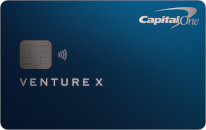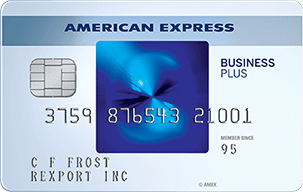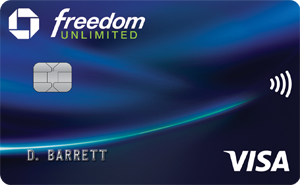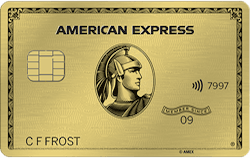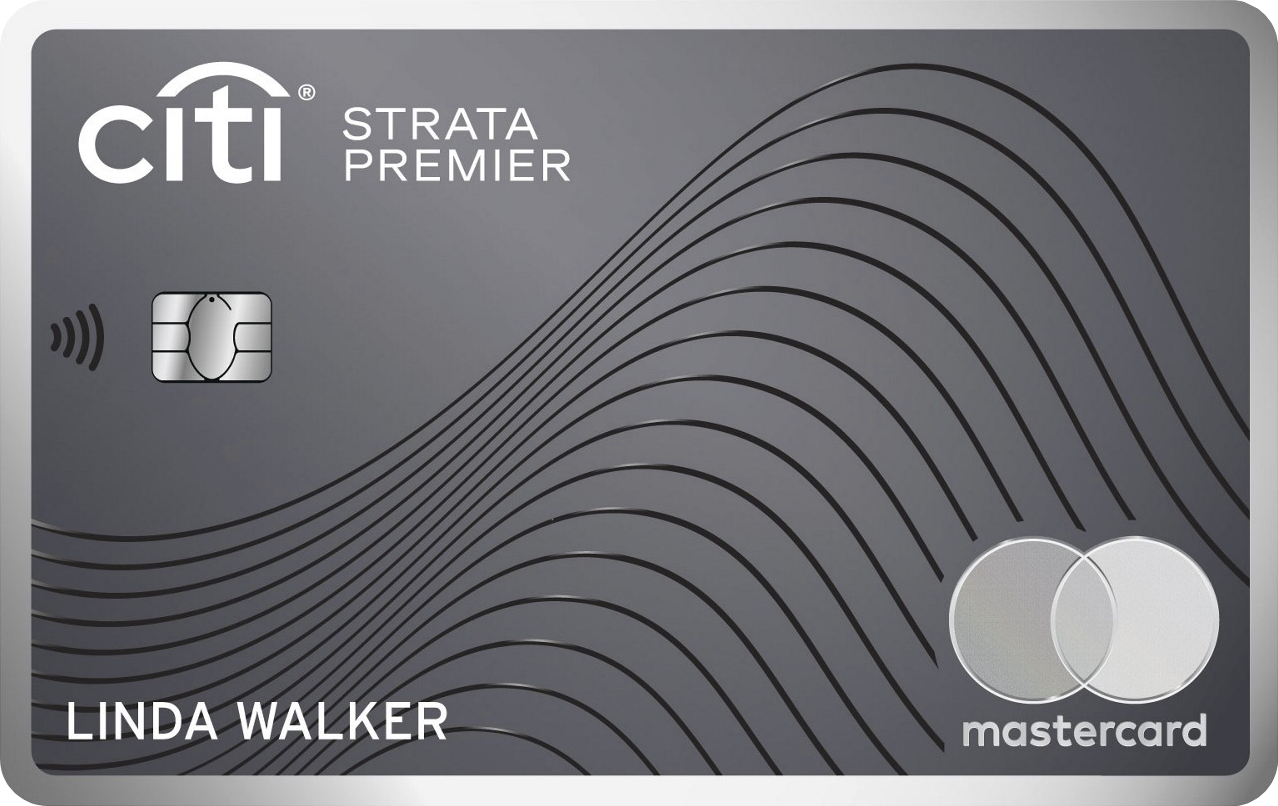BestCashCow launched its section on travel rewards and cash back cards a few years ago. We have always aimed to provide insightful information for credit card users about how to maximize the rewards you receive on your credit card spend.
I myself am older than most of the youngsters running blogs designed to tell flippers how to flip cards for signing bonuses. Our advice, therefore, is not for flippers or those willing to abuse they system. It is realistic advice for how to approach points and miles from years of following this area and seeing its changes and evaluating the post-pandemic travel and credit cards landscape. So, here are five general things we see and some strategies around them.
1. Chase is the best credit card issuer. Amex is a close second. Bank of America, Barclays, Capital One and Citibank have rewards programs and partners that are attractive, but I think that customers need to understand that they are getting an entirely different level of service when you open a credit card account with one of these banks. If you are going to be traveling in Africa or Latin America or Southeast Asia, you want to have a Chase Reserve or an Amex Platinum card in your wallet, and not someone else’s card.
2. American Airlines has the best airline loyalty program among the US airlines and you can rack up a ton of American points through opening Citibank and Barclays personal and business cards. If you are a flipper, this is a great deal, but it is such a waste or time and energy that most people shouldn’t bother with this. An easier way to rack up American Airlines miles is to open a Bask Bank account that gives you 1 mile for every dollar you keep on deposit every year. That also enables you to open more flexible cards, cards with more valuable sign-up bonuses and to stay below Chase’s rule that you can only open 5 personal cards every 24 months (Chase’s 5-24 rules).
Learn More about Bask Bank here.
3. When flying, you are most likely going to get the most value redeeming points only for long-haul business class fares. I view points and miles as aspirational, and use them to enjoy a class of service that I might not be able to otherwise afford. Flying business class between New York and Southeast Asia on Singapore in Business Class is extremely expensive, but using points transferrable from Chase, Amex, Citibank (or Brex) makes a family trip there realistic and achieves tremendous value from the points. One exception to this rule is British Airways (also a Chase, Amex and Citibank transfer partner) where great value can often be achieved through redemptions on short-haul travel on partner airlines (American in the US, Cathay, Qantas or JAL in Asia, Iberia or Finnair in Europe).
4. Hotel programs, other than Hyatt, have become largely worthless. Radisson may be doing something with their program, but it will unlikely ever have the value that it had a decade ago. And, unfortunately, Arne Sorensen’s legacy was to kill any loyalty value in Marriott and Sheraton. And, the French failed to understand the loyalty that Fairmont had (expiring Club Accor miles in the middle of a pandemic was ridiculous). Hilton and IHG never had programs to speak of. If you seek to convert your spend to hotel points, you should focus on Hyatt or Chase points (convertible to Hyatt points), but there is no other hotel chain that seems to value your loyalty at the moment.
Compare travel and reward cards here.
5. You might not be traveling as much in the post-pandemic world. Unless you really see yourself traveling on trips where you can get more than 2 cents per point in value from your points, you may want to consider cash back cards. The Bank of America Premium Rewards card, for example, gives 2.625% cash back to those with $100,000 in assets at Bank of America or Merrill Lynch. Unless you are traveling a lot and actively seeking out great redemption values for your points, you might have a hard time extracting as much value from your airline and hotel points.
